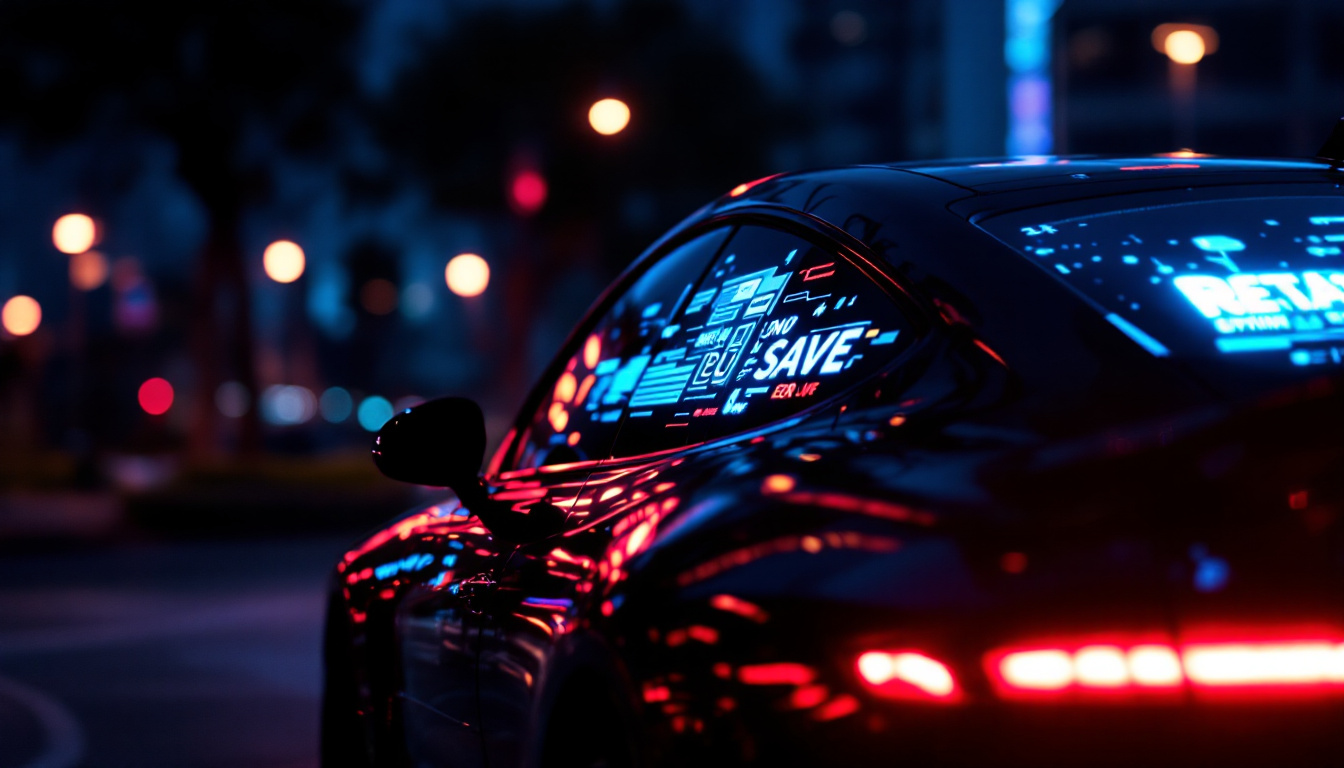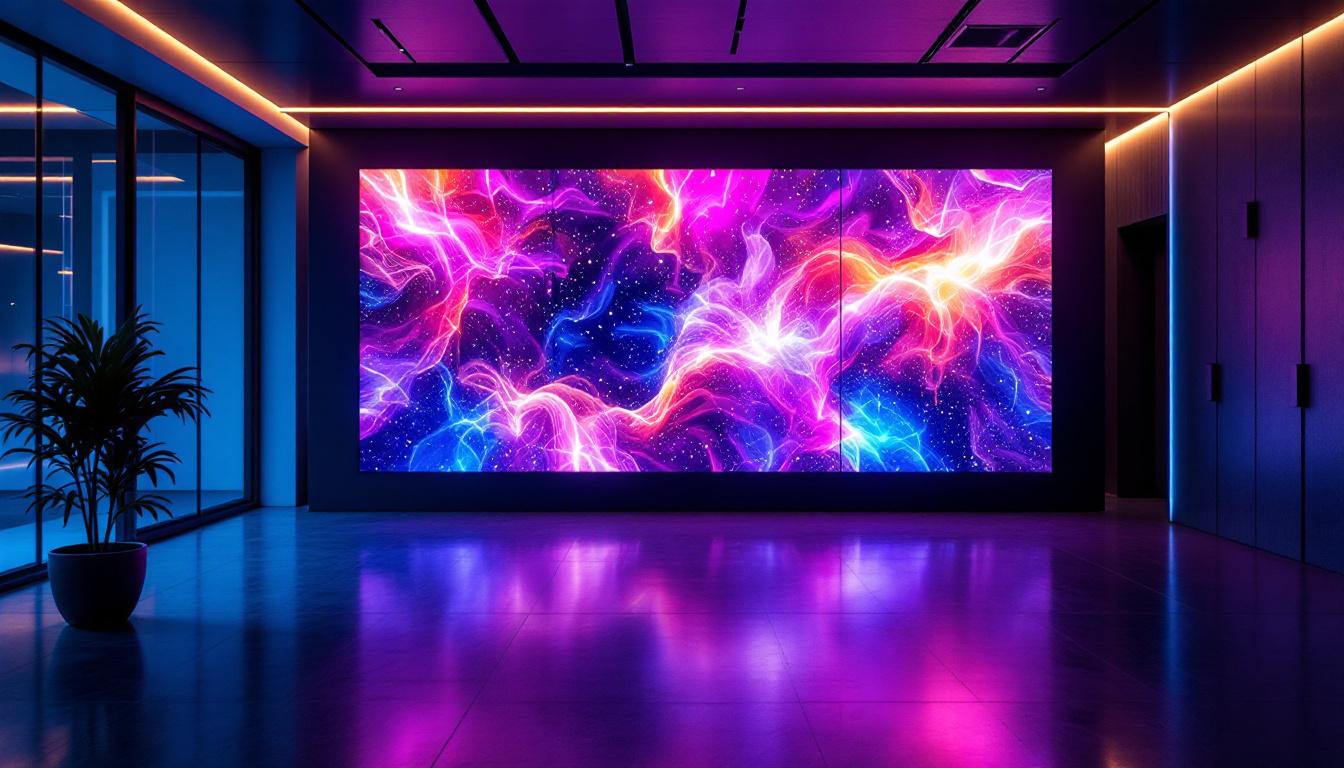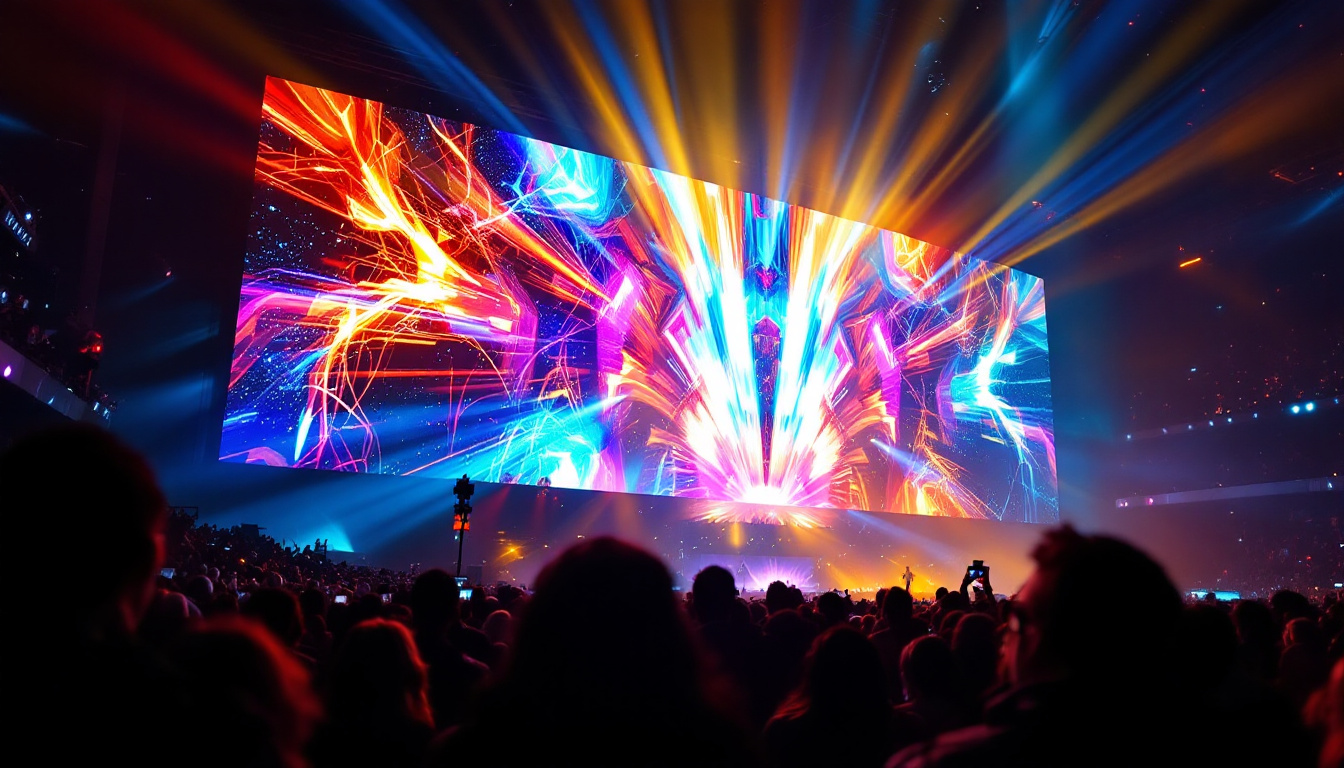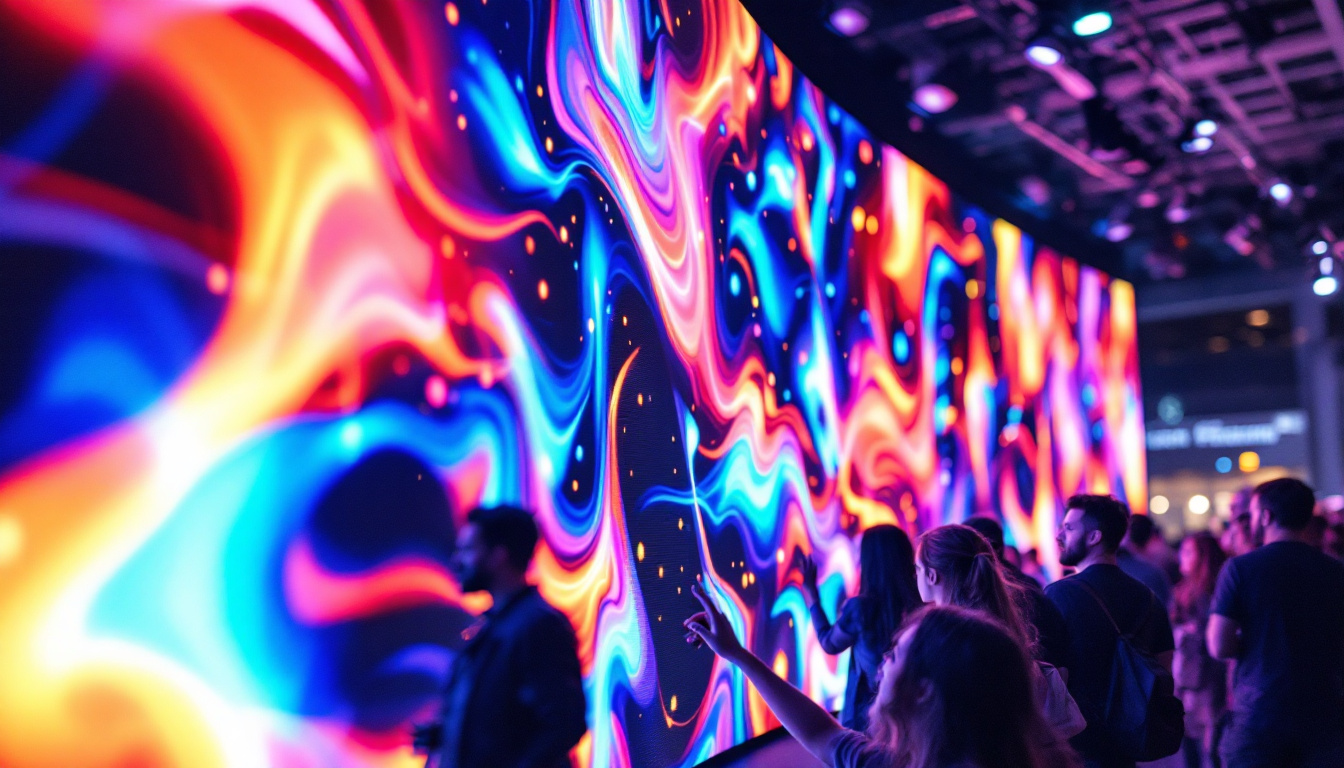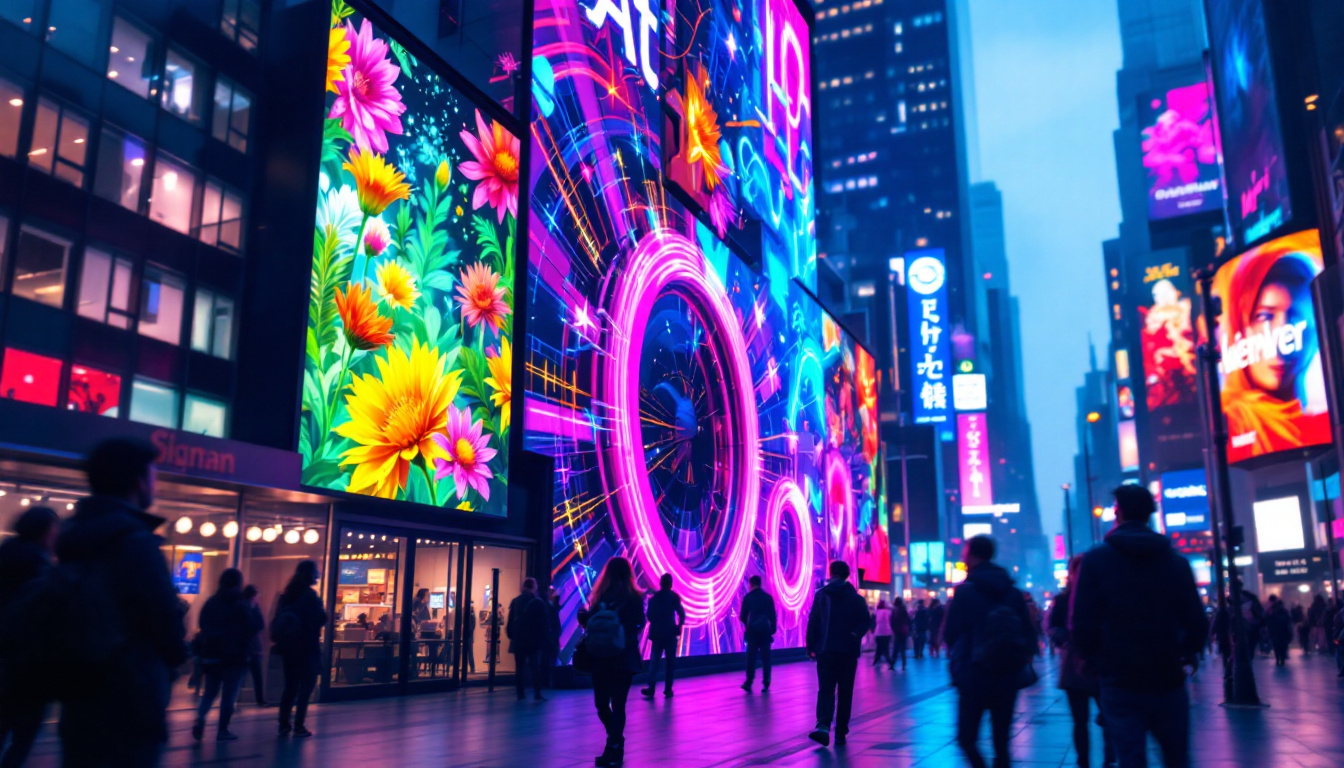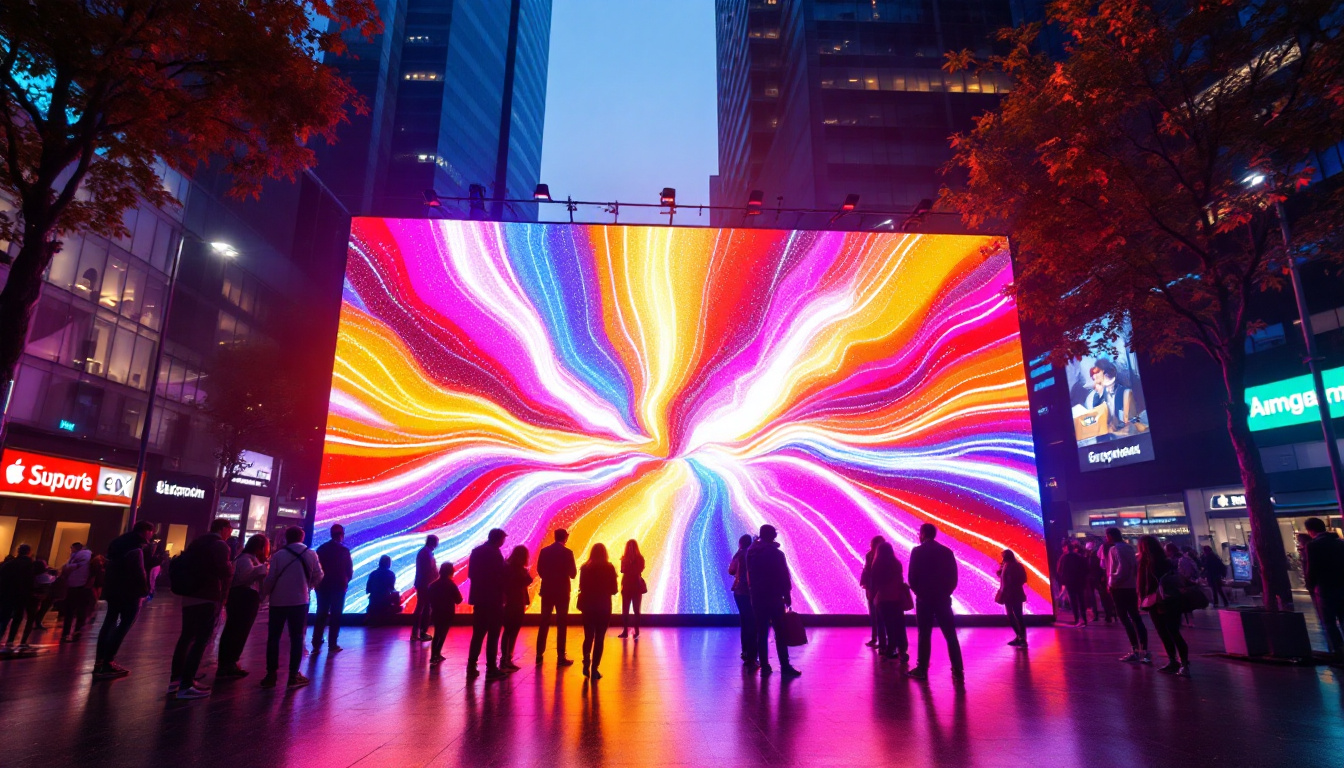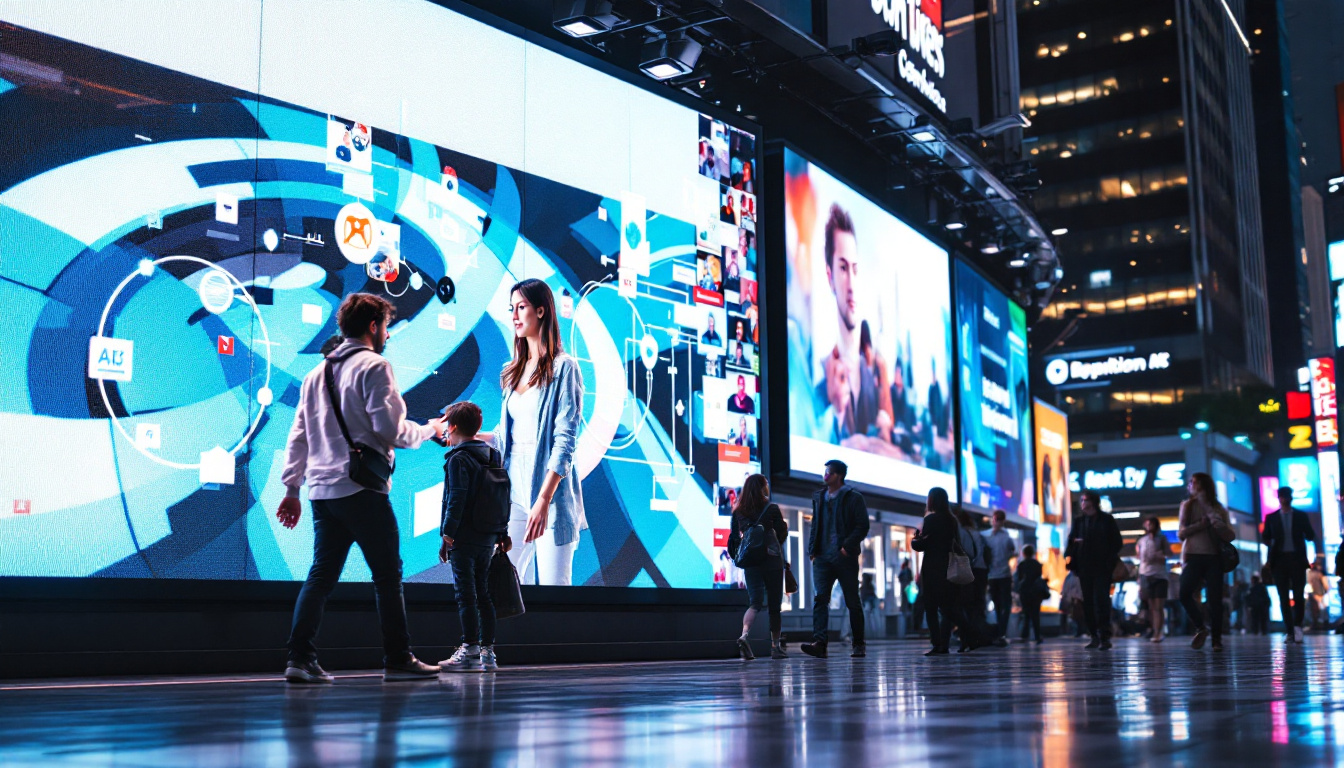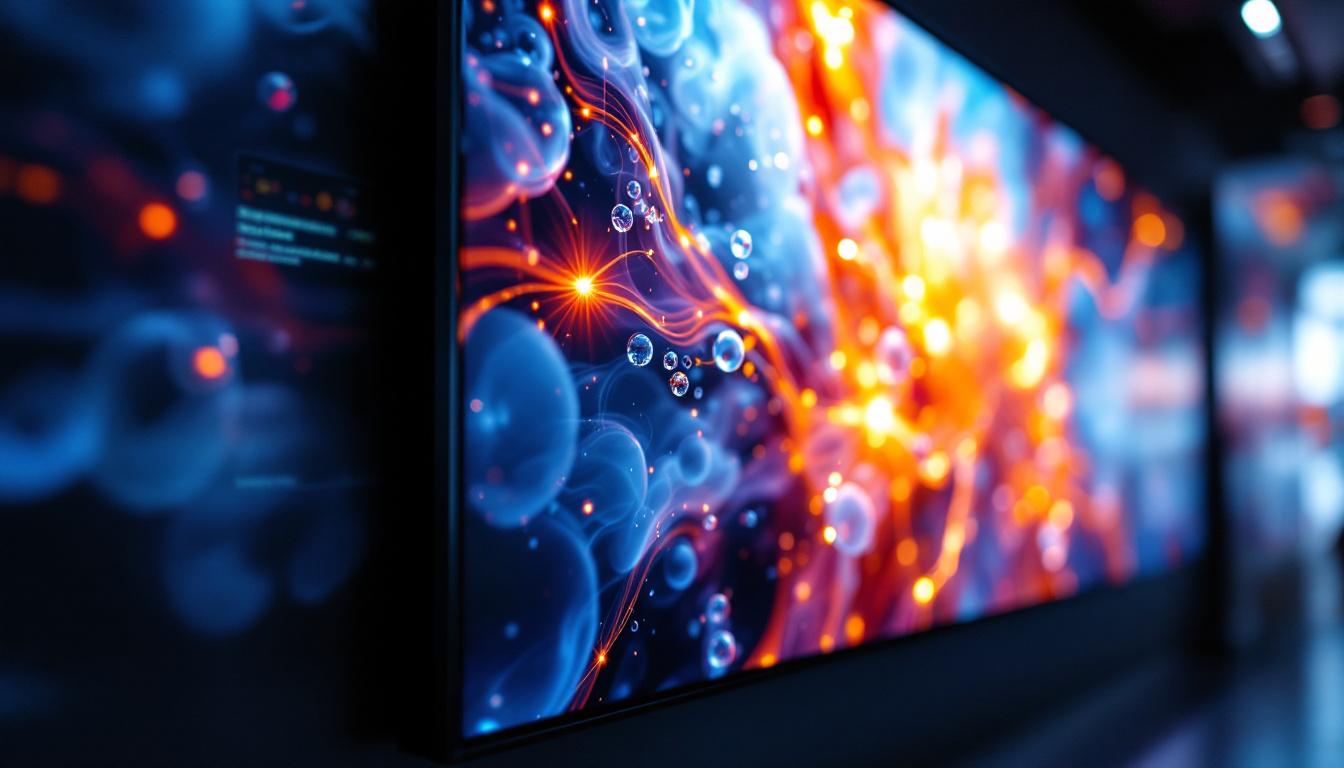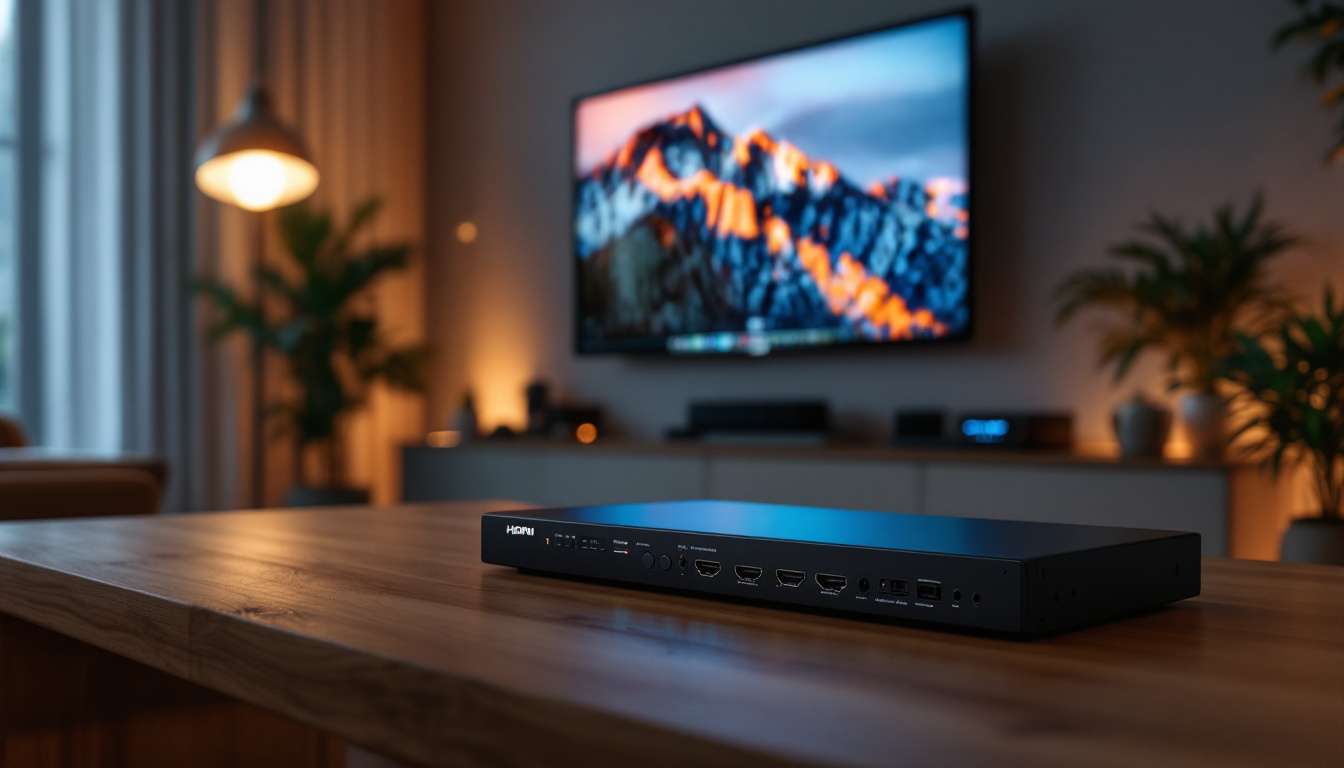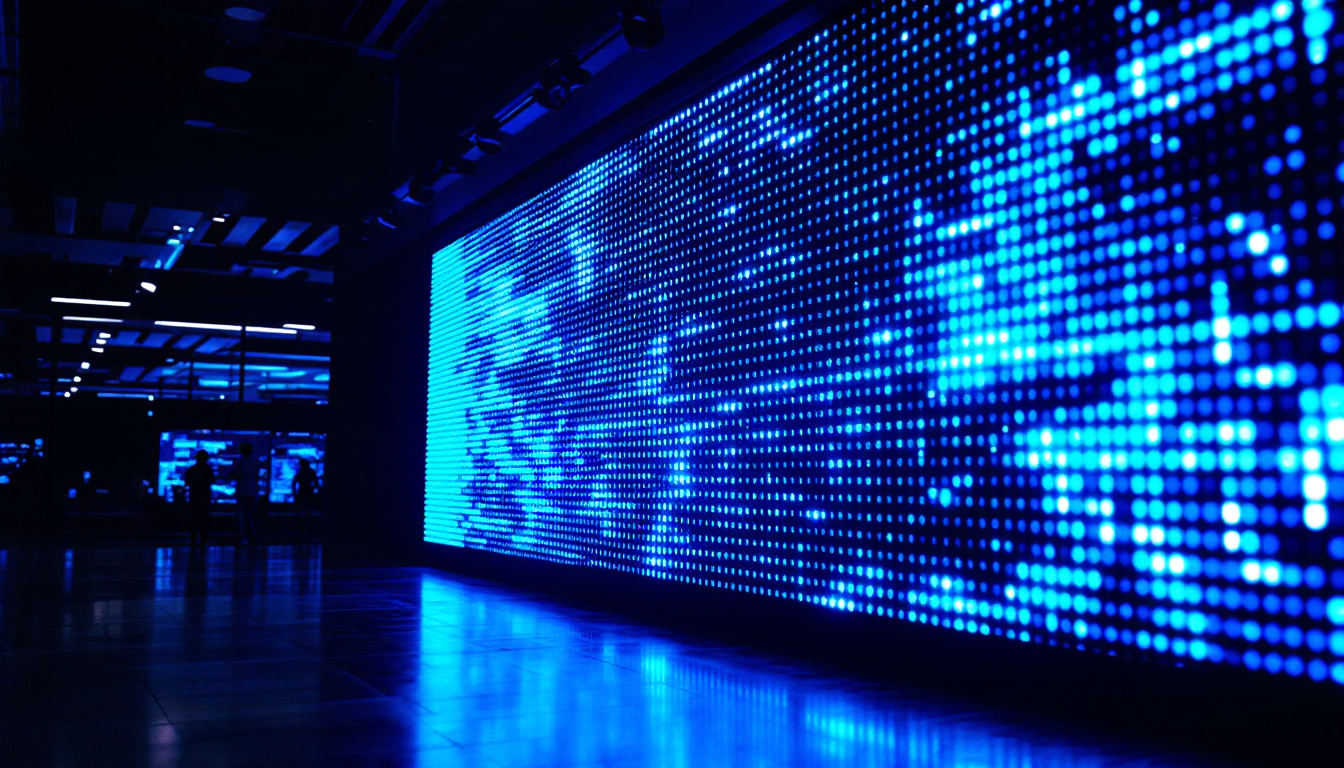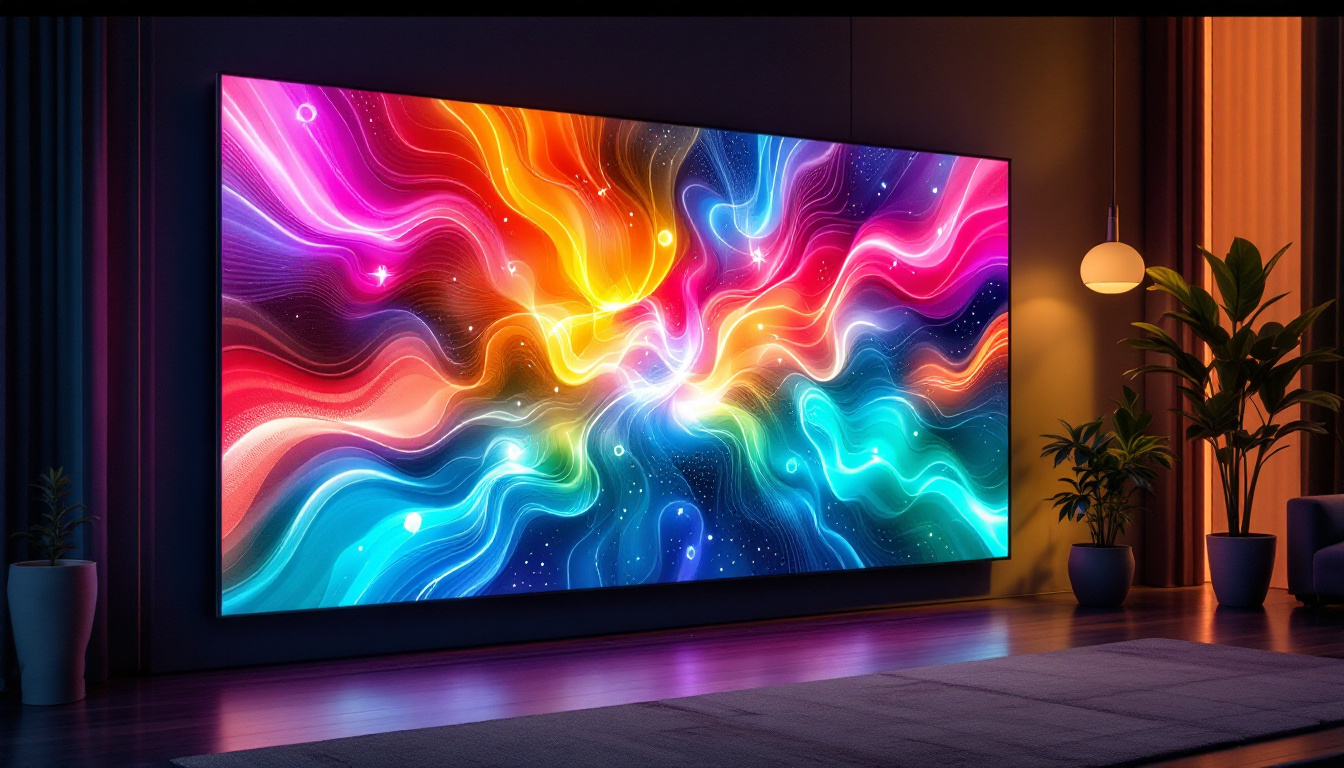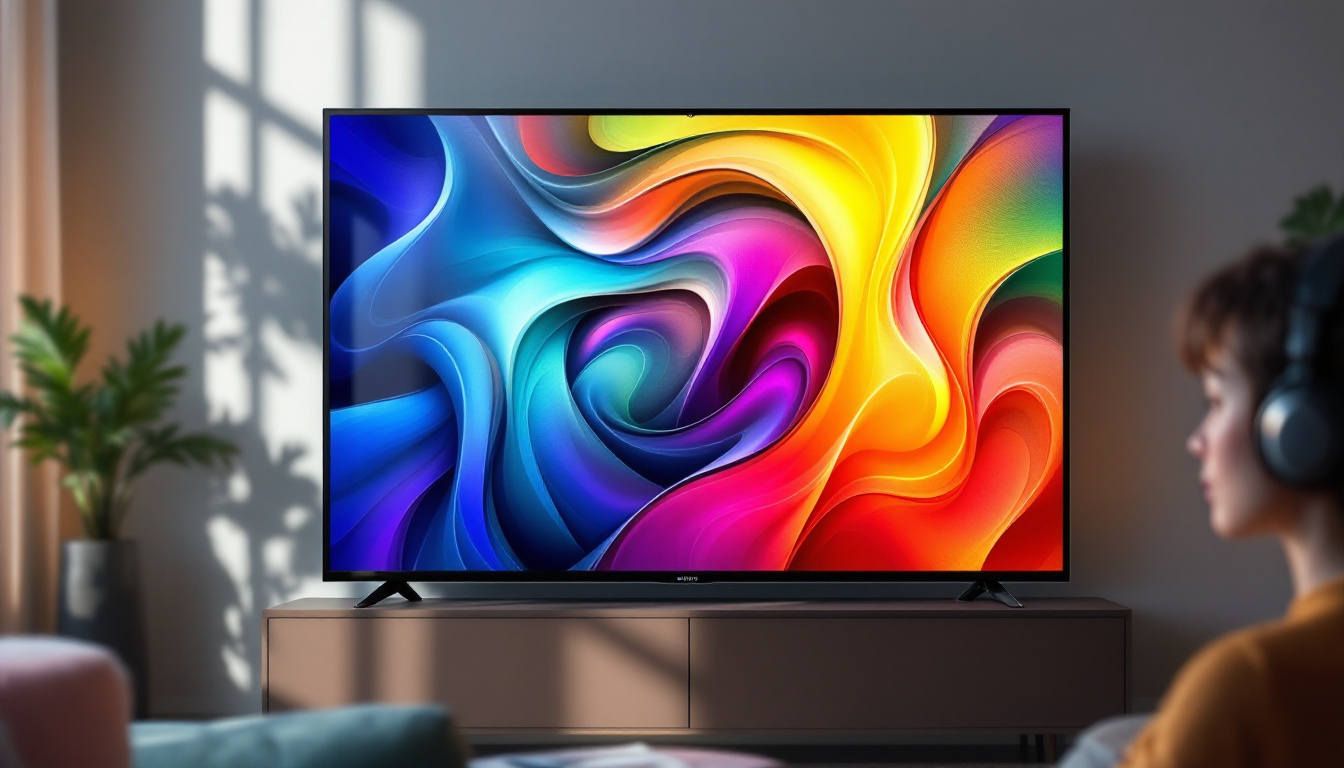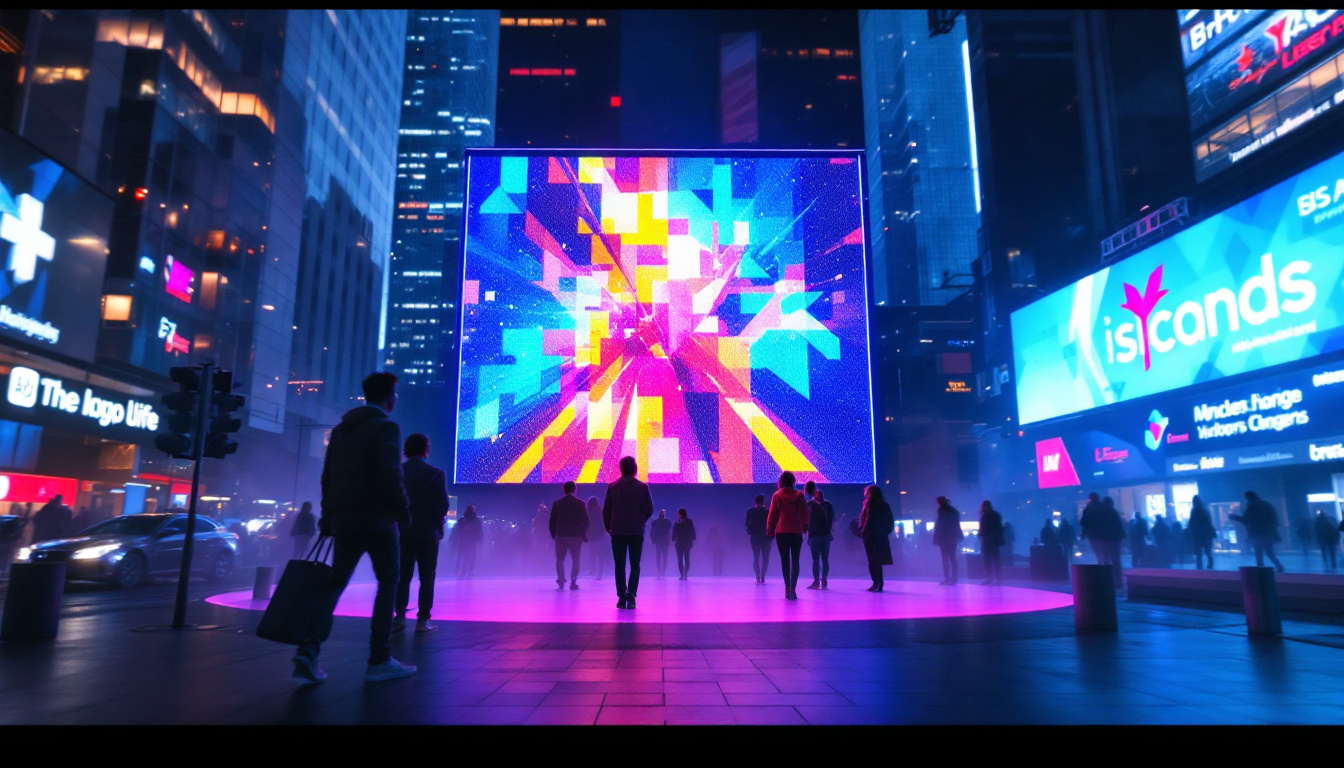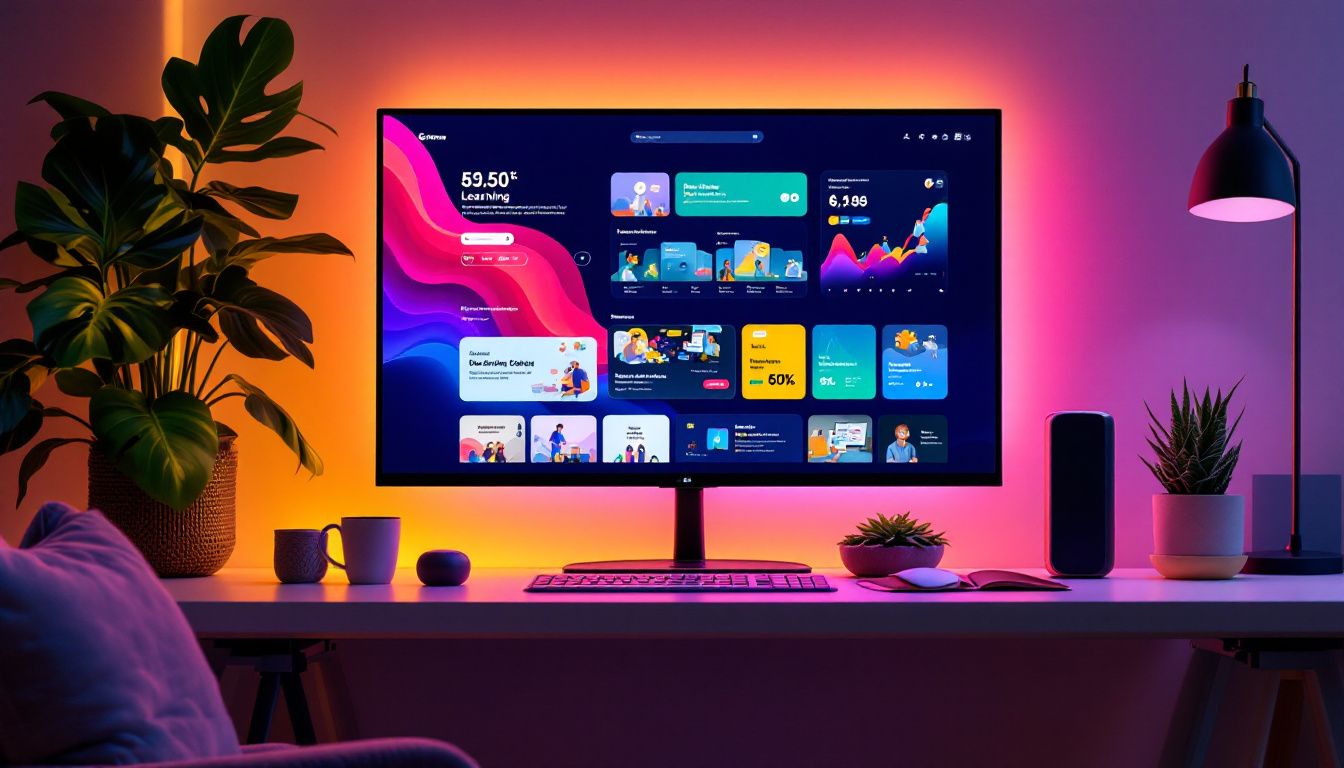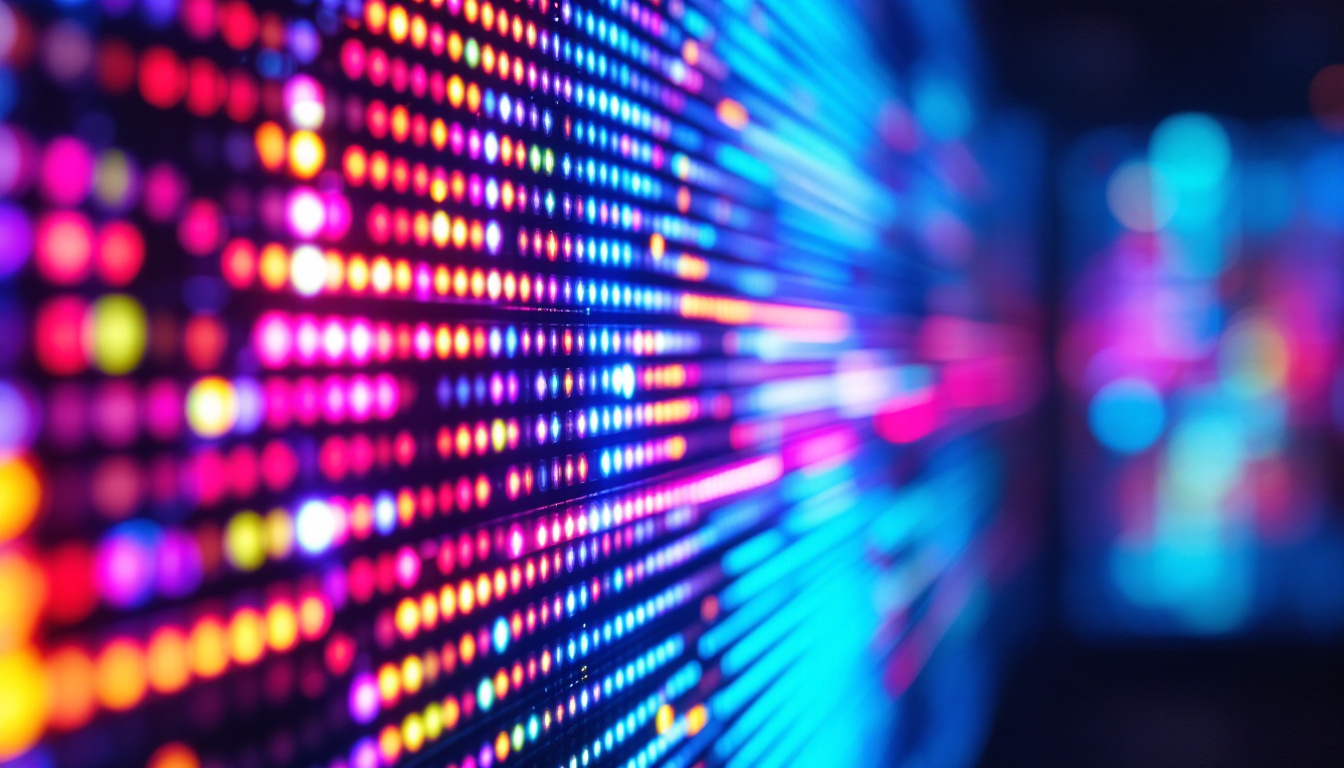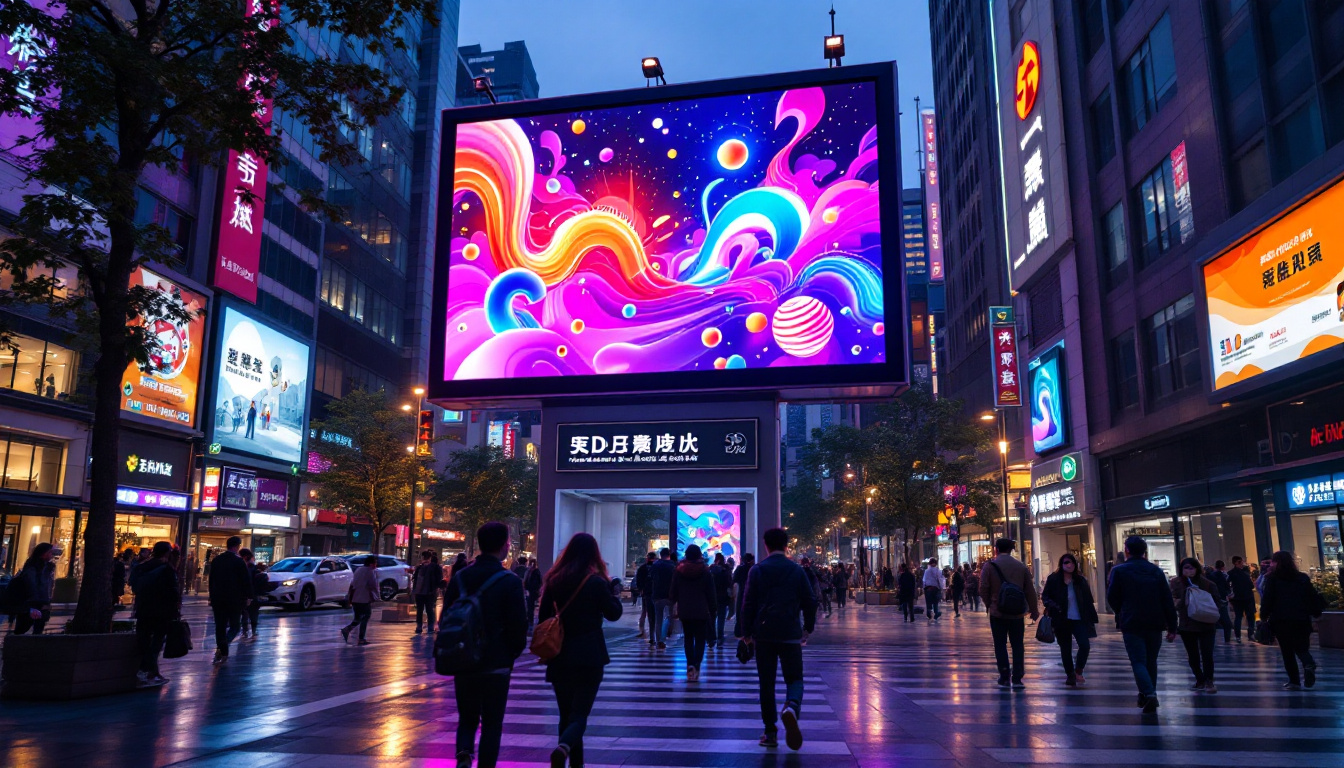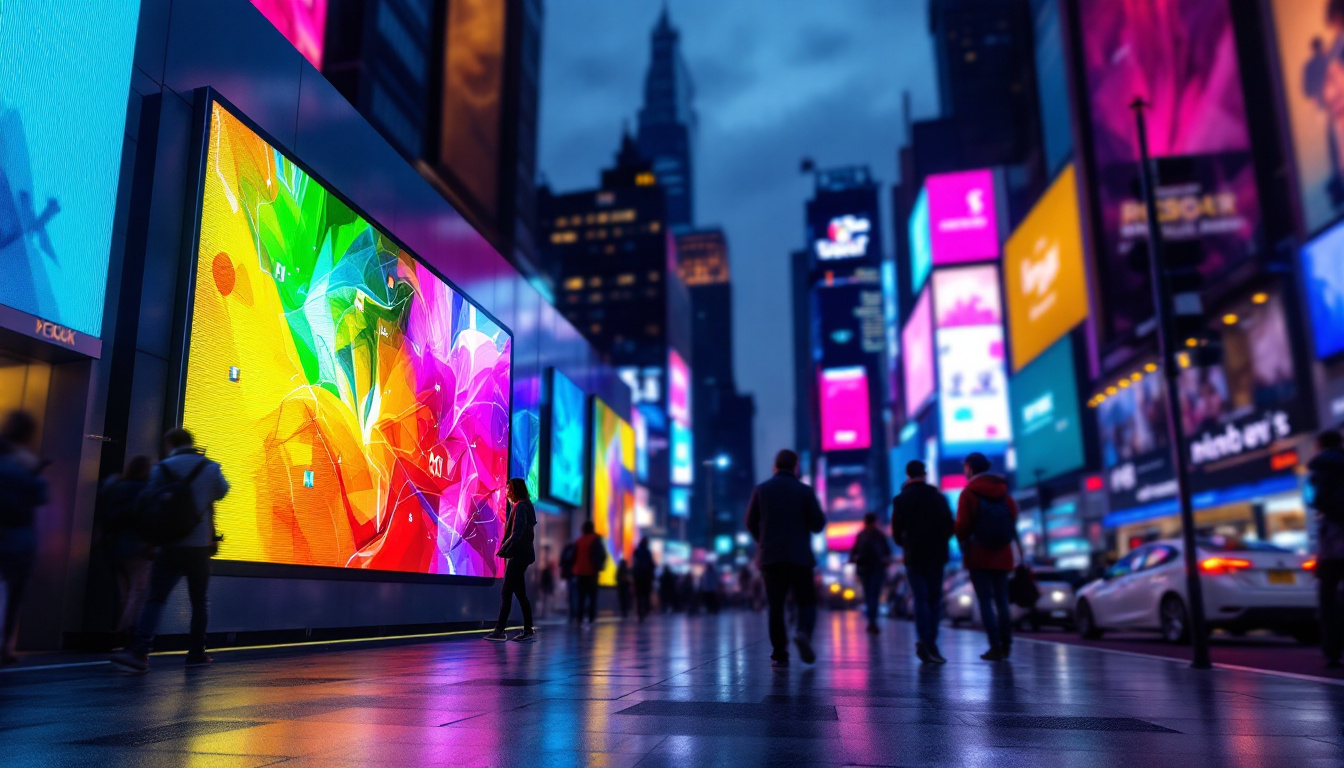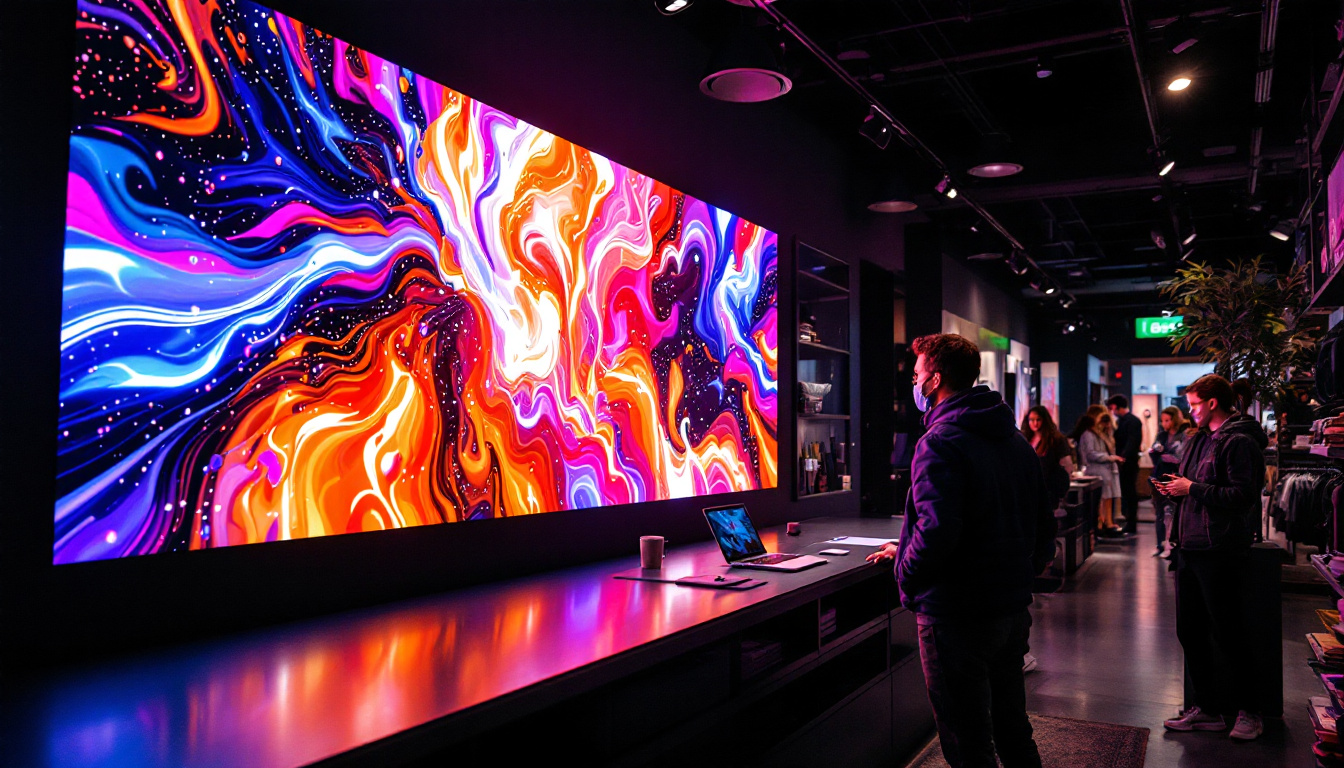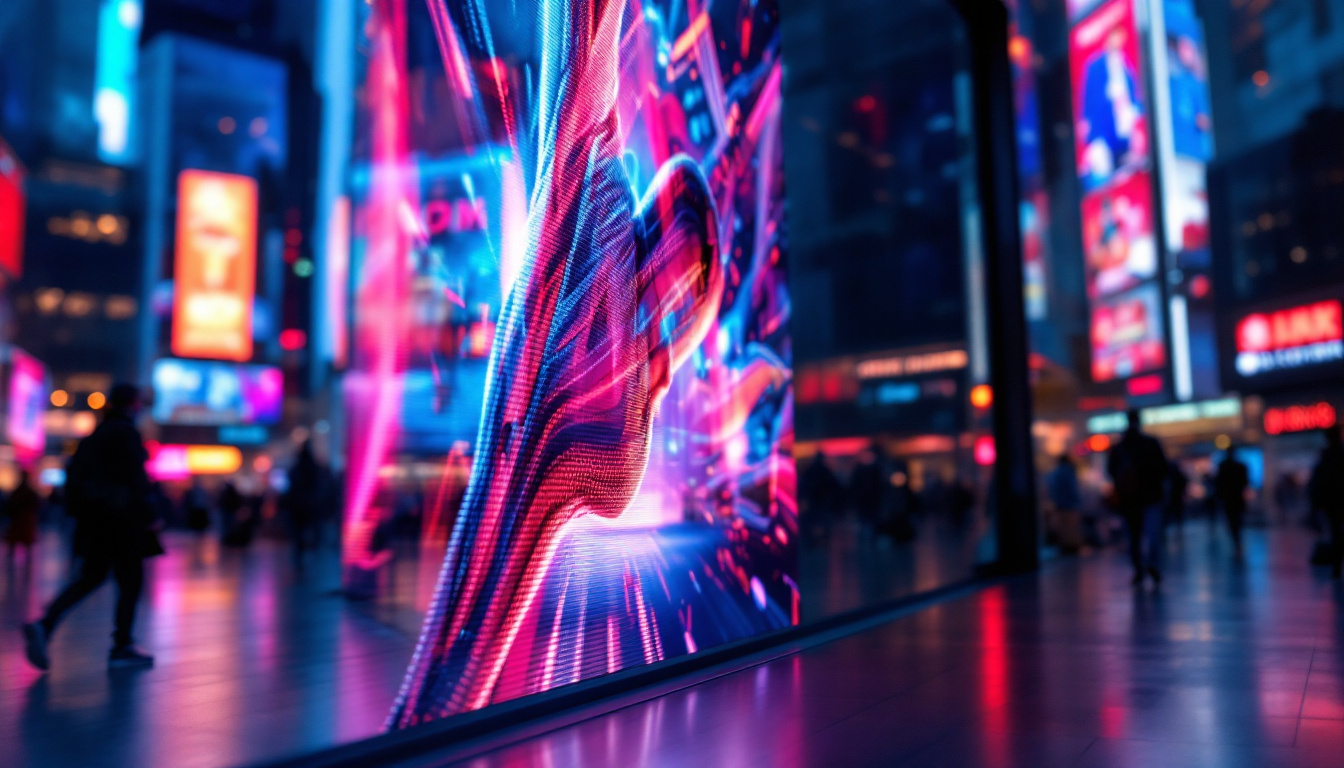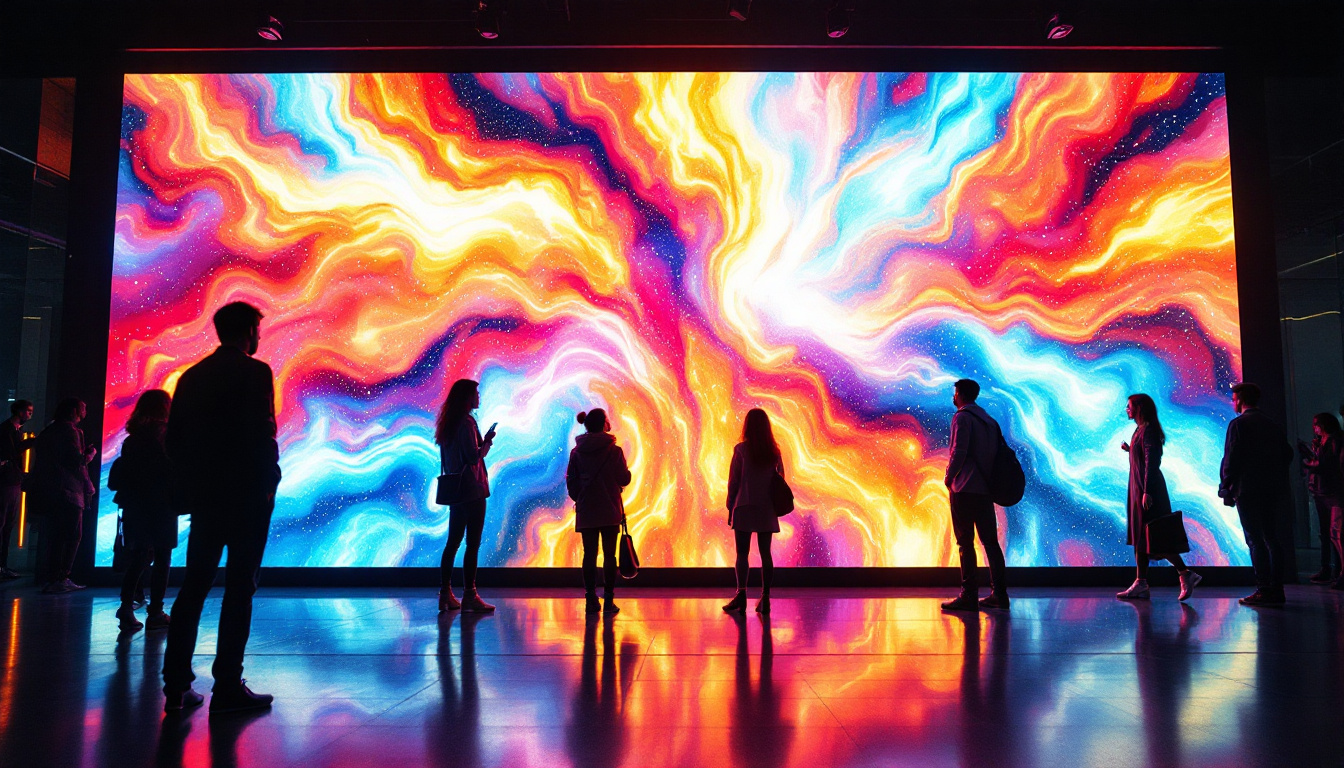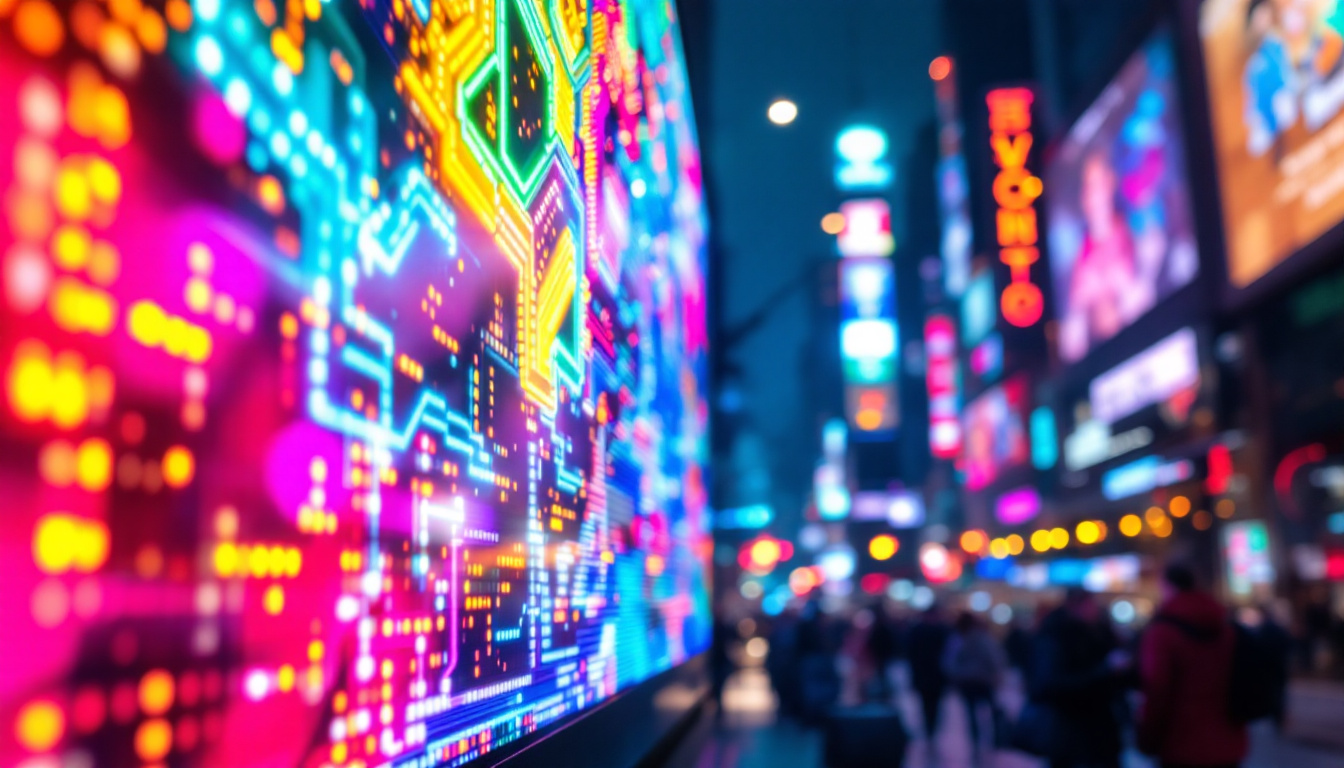In recent years, the automotive industry has witnessed a surge in technological advancements, one of which is the integration of LED displays in vehicles. Among these innovations, the LED car rear window digital display stands out as a unique feature that enhances both functionality and aesthetics. This article delves into the mechanics, benefits, and potential applications of LED displays in car rear windows.
Understanding LED Technology
Light Emitting Diodes (LEDs) are semiconductor devices that emit light when an electric current passes through them. This technology has revolutionized various industries, including automotive, due to its energy efficiency, longevity, and versatility. In the context of car rear window displays, LEDs provide a bright and clear visual output that can be easily seen in various lighting conditions. Their ability to produce intense brightness with minimal energy consumption makes them ideal for applications where visibility and safety are paramount, such as brake lights and turn signals.
How LEDs Work
The operation of LEDs is based on a principle known as electroluminescence. When a voltage is applied to the diode, electrons recombine with holes within the device, releasing energy in the form of photons, which is visible light. This process is highly efficient, resulting in minimal heat production and lower power consumption compared to traditional incandescent bulbs. Furthermore, the color of the light emitted by an LED is determined by the materials used in its construction, allowing for a wide range of colors without the need for filters, which is a significant advantage in automotive design.
Benefits of LED Technology
LEDs offer numerous advantages over conventional lighting solutions. Firstly, they have a longer lifespan, often exceeding 25,000 hours, which translates to years of reliable service. Secondly, they consume significantly less power, making them an eco-friendly choice. Additionally, LEDs are more durable and resistant to shock and vibrations, which is particularly beneficial in automotive applications. Beyond their practical benefits, LEDs also contribute to improved safety on the road. Their quick response time means that they illuminate faster than traditional bulbs, providing drivers with more time to react to signals. Moreover, the compact size of LEDs allows for innovative design possibilities, enabling manufacturers to create sleeker, more aerodynamic vehicle shapes without compromising on lighting performance.
The Role of LED Displays in Vehicles
LED displays in vehicles serve multiple purposes, ranging from enhancing safety to providing entertainment and information. The rear window digital display is a prime example of how this technology can be utilized to improve the driving experience.
Safety Features
One of the primary advantages of integrating LED displays into rear windows is the enhancement of safety. These displays can convey crucial information to other drivers, such as brake signals, turn indicators, or hazard warnings. By providing clear and visible signals, LED displays can reduce the risk of accidents and improve overall road safety. Furthermore, in adverse weather conditions, where visibility may be compromised, LED displays can emit brighter signals compared to traditional lights, ensuring that messages are seen from a greater distance. This capability is particularly beneficial in urban environments, where the density of vehicles can lead to increased chances of collisions.
Communication and Personalization
Beyond safety, LED displays allow for personalized communication. Drivers can display messages, such as “Thank You” or “Please Go Ahead,” to convey sentiments to other road users. This feature not only enhances interaction but also adds a layer of personalization to the vehicle, allowing owners to express their individuality. Additionally, these displays can be programmed to showcase a variety of messages depending on the context, such as festive greetings during holidays or even alerts about road conditions ahead. This adaptability not only fosters a sense of community among drivers but also encourages a more courteous driving culture.
Advertising Opportunities
Another innovative application of LED rear window displays is in advertising. Businesses can utilize these displays to promote products or services while on the move. This mobile advertising approach can reach a wide audience, making it an attractive option for companies looking to enhance their visibility. Moreover, the dynamic nature of LED displays allows for real-time updates; businesses can change their advertisements based on location, time of day, or even current events, ensuring that their messaging remains relevant and engaging. As a result, this technology not only provides a new revenue stream for vehicle owners but also transforms vehicles into mobile billboards, capturing the attention of pedestrians and other drivers alike.
Entertainment and Information
In addition to safety and advertising, LED displays can serve as a source of entertainment and information for passengers. These screens can stream content such as news updates, weather forecasts, or even navigation aids, making long journeys more enjoyable and informative. For families traveling together, LED displays can provide a platform for interactive games or movie streaming, turning the vehicle into a mobile entertainment hub. This capability can significantly enhance the travel experience, especially on long road trips, where keeping passengers engaged is essential. Furthermore, as technology advances, the integration of smart features could allow these displays to sync with personal devices, enabling passengers to access their favorite content seamlessly while on the move.
Installation and Functionality
Installing an LED rear window digital display involves several technical considerations. The process requires careful planning to ensure that the display is both functional and aesthetically pleasing. Proper installation not only enhances the visual appeal but also ensures that the display operates efficiently. Moreover, the choice of display size and resolution can significantly impact visibility and clarity, making it essential to select a model that fits the vehicle’s dimensions and intended use.
Installation Process
The installation of an LED display typically involves mounting the display unit securely to the rear window. This may require specialized brackets or adhesives to ensure stability. Additionally, the wiring must be carefully routed to connect the display to the vehicle’s electrical system, often requiring professional assistance to ensure compliance with safety standards. It’s also important to consider the placement of the display; it should be positioned at an angle that maximizes visibility for both the driver and other road users. Furthermore, ensuring that the display does not obstruct the driver’s view is crucial for maintaining safety on the road.
Functionality and Control
Once installed, the functionality of the LED display can be controlled through various means, including mobile applications or dedicated control panels within the vehicle. This allows drivers to easily change messages or adjust settings without distraction. Some advanced systems even offer integration with GPS to display location-based information. Additionally, many displays come equipped with customizable features, enabling users to select different fonts, colors, and animations to suit their preferences. This level of personalization not only enhances the user experience but also allows for creative expression, making the vehicle stand out on the road. Furthermore, the ability to program the display for specific events, such as holidays or special occasions, adds a layer of versatility that can be both fun and functional.
Challenges and Considerations
While the benefits of LED rear window displays are significant, there are also challenges that must be addressed. Understanding these challenges is crucial for potential users and manufacturers alike.
Legal Regulations
One of the primary concerns regarding LED displays in vehicles is compliance with legal regulations. Different regions have varying laws regarding the use of digital displays on vehicles, especially concerning brightness, content, and visibility. It is essential for manufacturers and users to be aware of these regulations to avoid potential fines or legal issues.
Technical Limitations
Another challenge is the technical limitations of LED displays. While LEDs are bright and efficient, their visibility can be affected by external factors such as sunlight or weather conditions. Manufacturers must design displays that can maintain visibility under various conditions, ensuring that messages are clear and legible at all times.
Future Trends in LED Displays for Vehicles
The future of LED displays in vehicles looks promising, with continuous advancements in technology paving the way for innovative applications. As the automotive industry shifts towards electric and autonomous vehicles, the integration of LED displays is expected to become more prevalent.
Smart Integration
One of the most exciting trends is the integration of LED displays with smart technology. As vehicles become increasingly connected, LED displays can be programmed to show real-time information, such as traffic updates or navigation prompts. This smart integration can enhance the driving experience by providing drivers with essential information at a glance.
Augmented Reality Features
Another emerging trend is the incorporation of augmented reality (AR) features into LED displays. This technology can overlay digital information onto the real world, providing drivers with enhanced situational awareness. For instance, directions could be displayed directly onto the rear window, guiding drivers without the need for additional screens.
Conclusion
The integration of LED displays in rear windows represents a significant advancement in automotive technology. With their ability to enhance safety, facilitate communication, and offer advertising opportunities, these displays are set to become a standard feature in modern vehicles. As technology continues to evolve, the potential applications for LED displays will only expand, paving the way for a more connected and interactive driving experience.
In summary, the LED car rear window digital display is not just a novel feature; it is a glimpse into the future of automotive design and functionality. As consumers and manufacturers embrace this technology, the possibilities for innovation are limitless, promising a safer and more engaging driving experience for all.
Discover LumenMatrix LED Display Innovations
As you envision the future of automotive technology and the transformative impact of LED displays, consider how LumenMatrix is leading the charge. Our commitment to innovation in LED display technology is unmatched, offering a wide array of solutions from Vehicle LED Displays to enhance safety and communication on the road, to dynamic Indoor and Outdoor LED Wall Displays that captivate and engage. Embrace the future with LumenMatrix’s advanced LED display modules and revolutionize the way you share your message. Check out LumenMatrix LED Display Solutions today and drive into a brighter, more connected world.

